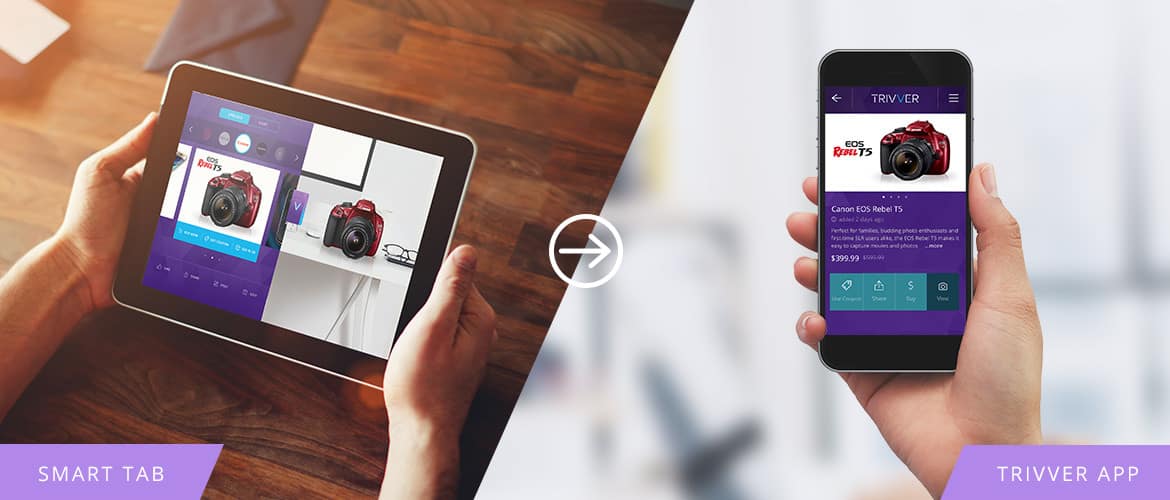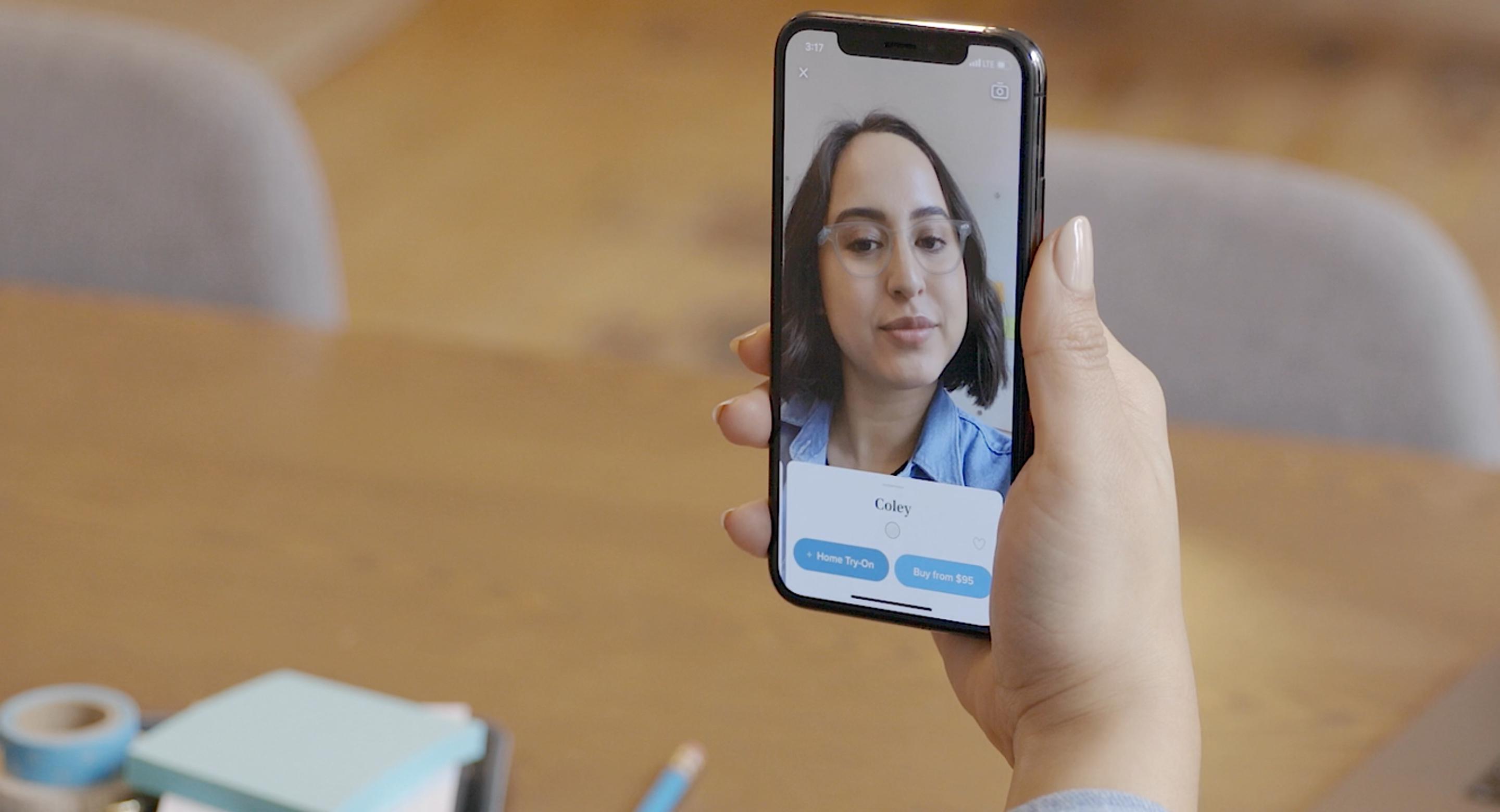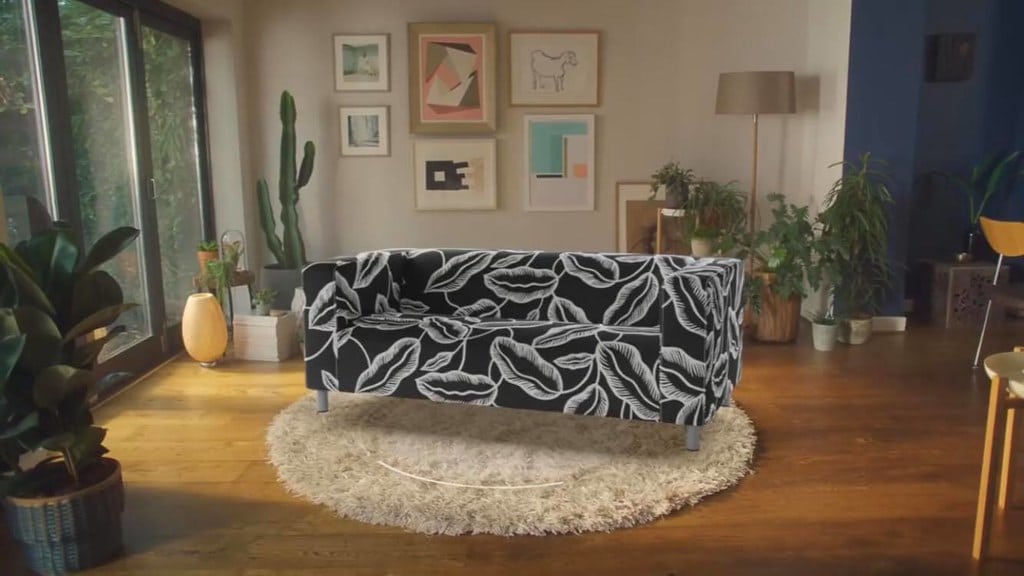Company A is located in Illinois and Company B is in New Jersey. Company A offers to fly the Facilities Director and his lead engineer to Chicago to view the 3000-pound power switch. This requires the Facilities Director and his engineer to be away from the office for 2 full days to accommodate travel. They would fly early on a Monday morning and arrive home very late Tuesday night. Due to scheduling, the first available chance to visit is in 10 days.
Company B is located in New Jersey. They have already created an interactive 3D model of their 3000-pound power transfer switch in Virtual Reality (VR). Company B has a field rep in the area who receives a VR Headset overnight. The following morning, she meets with the Facilities Director, his lead engineer and two other stakeholders. They use the VR headset to view and interact with the power transfer switch model. The team is satisfied that the switch meets their needs and impressed with how quickly Company B could accommodate their request. They decided to avoid 2 long days of unnecessary travel and being away from work to visit Company A. They closed the deal with Company B the very next day
“LUCK IS WHEN PREPARATION MEETS OPPORTUNITY.” ~SENECA.
Company B realized that requiring clients to travel to their corporate HQ “showroom” was inconvenient for some clients. They also understood that being responsive and bringing their product to anyone at any time allowed them to reach many more clients much more quickly. Rather than spending money on airfare and hotel rooms, they can invest in expanding their reach and growing their business.
ASCO Power Technologies (owned by Schneider Electric) is an example of one such company. They saw the need to put the client first. In doing so, they expanded their ability to showcase their transfer switches to clients around the world when a visit to their New Jersey HQ was impractical. ASCO has begun creating a virtual showroom of their products along with 360-degree videos so clients can interact, learn and make better decisions more quickly. Click here for a complete case study on this project.

 Image: Warby Parker
Image: Warby Parker Image Credit: Living Wine Labels
Image Credit: Living Wine Labels Image Credit: Ikea
Image Credit: Ikea